
Chief Executive Officer Klaus Andersen shared his insight into the business of Veolia Water Solutions & Technologies (VWS) at WEFTEC.08. At his company, Andersen heads VWS 6, which covers the Americas and Australia.
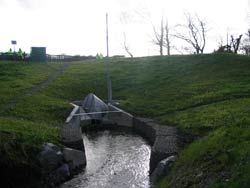
Water industry officials often consider vortex valves a novel technology for outlet flow control within stormwater detention systems. That's why the majority of the 17,000+ vortex valve installations in Europe and North America are used in stormwater detention. These units, however, can be implemented in water management systems to reduce erosion, aerate discharge, and equalize flow, among other things.
- By Robert Y.G. Andoh, Neil G. Raymond
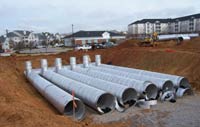
Nationally established stormwater regulations can conflict with statewide enforcement and the trickle-down effect may leave local jurisdictions as well as developers confused about who is regulating what and why the regulations were organized in this way.
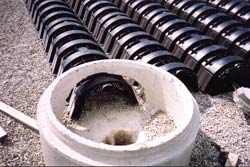
Population and regulatory demands, an increased awareness of the need to protect sensitive areas, and the value of water as a resource are driving new ways of thinking about how decentralized wastewater treatment can be used to manage these issues.
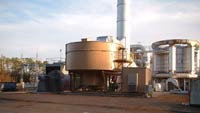
After operating two regenerative thermal oxidizers (RTOs) for the last 25 years, Soliant LLC of Lancaster, S.C., considered what repairs were needed to ensure reliability. The company asked Dürr Systems, Inc. EES, a supplier of RTOs, for recommendations.
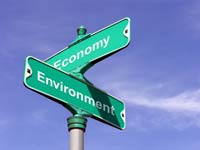
November 1, 2006, was an historic day for the environmental due diligence industry. That’s the date the U.S. Environmental Protection Agency’s All Appropriate Inquiry (AAI) rule took effect, changing the environmental due diligence requirements for those seeking to qualify for cleanup liability protection under the Comprehensive Environmental Response, Compensation and Liability Act (CERCLA).
- By Dianne Crocker, Elizabeth Sherwood Krol, P.G.

Union Park in downtown Las Vegas is one of the most ambitious brownfield redevelopment programs in the country.
- By Gary Carter, P.E., C.E.M., Daniel Burns, P.G., C.E.M.
Video
Have you ever wondered what happens to the glass, metal, and plastic you set out for recycling?
Commentary
American Rivers, a river conservation organization, recently commended the Georgia Environmental Facilities Authority for promoting water efficiency as the first source of supply in its recently released study,
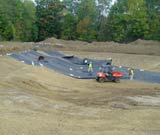
Exploiting the biological complexity of natural systems to cope with the complexity of industrial waste streams is becoming a more attractive option because engineered treatment wetlands typically are mechanically simple and have low operation and maintenance costs.

Over the past five years, desalination has gained significant momentum in California. With more than 10 projects in various stages of environmental review, design, and construction, desalination is planned to provide 1,500 to 2,000 million liters per day (ml/d) of new fresh drinking water supplies for the state by 2015.
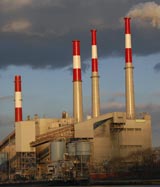
Many electric generating utilities that burn coal are engaged in retrofit projects using flue gas desulfurization (FGD) to meet emissions standards mandated by Phase 2 of the Clean Air Act.
Old ways of doing business are acceptable today if they comply with regulations and get the job done efficiently.
Commentary
I believe that access to sanitation and water is a key component of human rights.
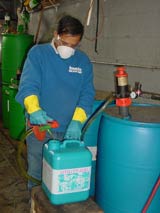
Killing weeds isn't one of the primary responsibilities of a water and wastewater management facility, but it does require some care to do the job well and in compliance with California's Title 3 Pesticide Regulations.
Cloudcroft, N.M., holds more than one important distinction. It is home to the nation’s highest golf course at 9,000 feet, and its residents have implemented an integrated water conservation and indirect potable reuse project to supplement spring and well water with treated wastewater effluent.

Environmental auditing had its genesis in the 1970s as a couple of newsworthy environmental incidents (for example, Love Canal and the Valley of the Drums) spurred EPA to promulgate a slew of new regulations.
- By Russell R. Boesch, Kevin D. Fulmer
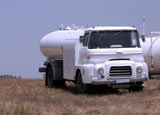
Motor carriers must remain focused while transporting whatever they carry, especially if the cargo is hazardous materials.

In some ways, the 21st century has, so far, been a hostile time, with the Sept. 11, 2001, terrorist attacks, multiple school shootings, bombings in London and Spain, reports of increased border traffic and violence, and more.

Having the annual WEFTEC conference in Chicago, just two weeks before the much anticipated Election Day can be a blessing or a burden.